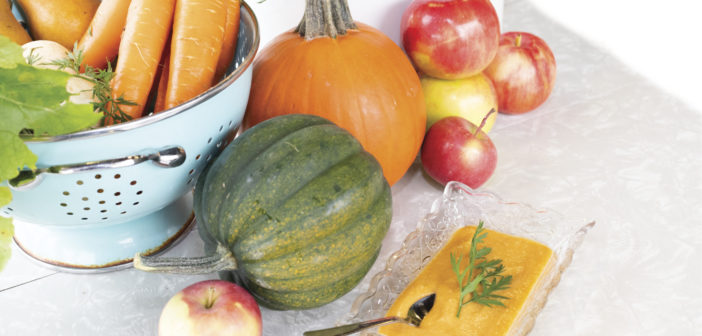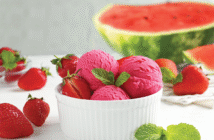 Have you recently welcomed a new little eater into your home? If so, there are many benefits tomaking your own baby food. It is a lot of fun and much easier than you might think. You have complete control of what goes into it, as you can choose what types of produce to use. If food sensitivities are an issue, you can easily avoid those foods.
Have you recently welcomed a new little eater into your home? If so, there are many benefits tomaking your own baby food. It is a lot of fun and much easier than you might think. You have complete control of what goes into it, as you can choose what types of produce to use. If food sensitivities are an issue, you can easily avoid those foods.
Homemade baby food can help develop and expand a child’s palate. By adding fruits and veggies not normally available in store-bought baby food, your bundle of joy can experience new and interesting tastes and colors. Homemade food can be used to introduce baby to foods that your family is already eating. Popular opinion says that it can take a person up to seven “tastings” to like a new food. Home-fed kids have exposure to a wider range of foods and a better chance of liking more foods. By doing it themselves, baby food chefs also save money.
The baby food you make at home in your own kitchen is much fresher and can have a better nutrient content. Homemade food can be made with locally sourced, free-range, sustainable, organic, earth friendly, seasonally available, farm-to-spoon ingredients. Once she comes of age, your baby will be ready to join the ranks of the foodiest of foodies!
During the canning process, commercial baby food must be heated to high temperatures, which can reduce nutrient content. Your veggies need only be steamed until they are softened, then mashed or put through a food processor with sterile water to make a smooth puree. If available, use breast milk in place of water to add more nutrients to your baby’s meal.
Once pureed, transfer food into ice cube trays and freeze it. Frozen cubes store for up to one month in a freezer-safe container. Before mealtime, simply defrost a meal-sized number of cubes for accurate portion control.
You don’t always need your stove to make your own baby food. Here are a few easy-to-make, on-the-go snacks for your hungry little foodie.
- Banana and avocado (mash)
- Yogurt
- Diced fruit (peaches, pears, melon)
Most sources recommend introducing new foods one at a time; once your baby is eating multiple types of foods at a time, try mixing apples, squash or peas in with the carrots for a tasty treat.
Roasted Carrot Puree
Ingredients
Bunch of carrots – tops removed, if necessary
To Make
- With small amount of olive oil, roast carrots in a 425°F oven until edges are browned (20-25 min.).
- In food processor or blender, blend carrots starting with a tablespoon of water. Similar consistency can be achieved using a masher.
- Add more water to achieve desired texture – smoother for new eaters, chunkier for older ones.
- Freeze in ice cube trays for portions.
- Reheat in microwave for about 60 seconds, or defrost a day’s worth of cubes in the refrigerator the day before. Before giving microwaved food to baby, be sure to check the temperature!
Photography by Kayce McClure














